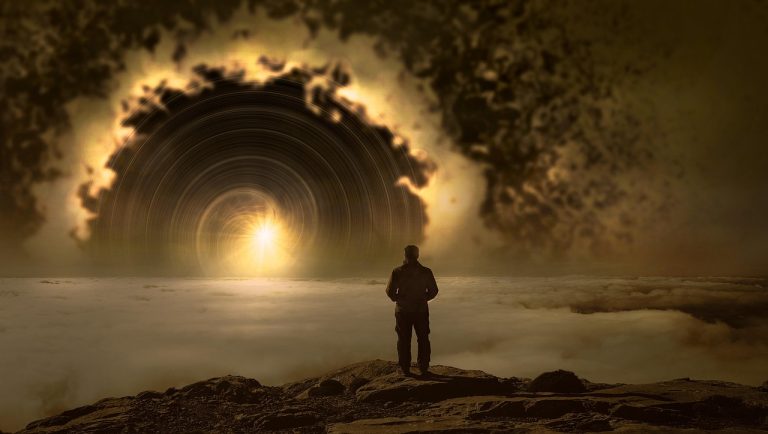Uncovering Historical Misconceptions: Revealing the Truths Behind Common Myths
Throughout history, certain myths and misconceptions have woven into our collective consciousness, often accepted as truths simply because they’ve been repeated enough times. Uncovering historical misconceptions not only sets the record straight, but it also provides us with a more accurate understanding of our past, influencing how we view our present and future. In this detailed exploration, we’ll dive into some of the most pervasive historical myths, explain why they persist, and uncover the real stories behind them.
Introduction to Historical Misconceptions
The study of history is not merely about memorizing dates, battles, and the names of great (or infamous) leaders. It’s about understanding the complex tapestry of human experience and learning how past societies, cultures, and technologies evolved over time. However, this understanding can be skewed by widely held but false beliefs. Uncovering historical misconceptions is crucial because it allows us to appreciate history’s nuances and improves our critical thinking skills.
FAQ: Common Queries on Historical Misconceptions
What are some popular misconceptions about historical figures?
One of the most famous misconceptions is that Napoleon Bonaparte was extremely short. In reality, Napoleon was of average height for his time; the myth stems from the misinterpretation of French inches, which were different from British inches. Another involves the story of Lady Godiva riding naked through Coventry to protest taxes. This tale likely evolved from a legend, as contemporary accounts don’t mention a nude ride, focusing instead on her generous donations to the church.
How do misconceptions about historical events arise?
Misconceptions can arise from several sources, such as incorrect translations, biased historical records, or from the retelling of stories that over time may lose their accuracy. For instance, the story of Columbus discovering that the Earth is round was a 19th-century fabrication. Educated Europeans of Columbus’s time knew well that the Earth was not flat.
Why is it important to correct historical misconceptions?
Correcting historical misconceptions is vital as it promotes a factual understanding of history, which is important for building an informed society. It helps prevent the spread of inaccuracies and fosters a culture that values and seeks truth.
Can uncovering historical misconceptions change current perspectives?
Absolutely. Understanding the true essence of past events can change how we view current issues. For example, knowing the complexities of the Civil Rights Movement beyond just major events and figures can influence how we perceive and address ongoing racial injustices.
The Most Common Historical Misconceptions
Let’s debunk some of the most resilient myths in history and uncover the truths that have been obscured by time.
Vikings Wore Horned Helmets
The image of a fierce Viking sporting a horned helmet is iconic—but historically inaccurate. This misconception was popularized by 19th-century artists and reinforced by Hollywood. Archeological evidence shows no indication that horned helmets were worn in battle as they would have been impractical and a disadvantage during combat.
The Salem Witch Trials Burned Witches at the Stake
One of the most harrowing images of the Salem Witch Trials is that of witches being burned at the stake. In reality, of the 20 people executed during the Salem Witch Trials, all but one were hanged. The burning of witches at the stake was more common in Europe.
Marie Antoinette Said, “Let Them Eat Cake”
This infamous phrase is often cited as an example of Marie Antoinette’s obliviousness to the plight of the French people. However, there’s no good evidence she ever said this. The phrase first appeared in Jean-Jacques Rousseau’s “Confessions”, written when Marie Antoinette was just a child, implying someone else might have been the source.
The Wild West Was Full of Gunfights
The “Wild West” often brings to mind images of frequent, dramatic gunfights. Though the Old West had its share of outlaws and violence, the famous face-to-face street showdowns were extremely rare. Most conflicts were resolved through negotiation and the legal system.
Conclusion: The Importance of Uncovering Historical Misconceptions
Uncovering historical misconceptions isn’t just an academic exercise—it affects how we perceive our world and our society. By challenging widely-held but incorrect beliefs, we foster a deeper, more nuanced understanding of history and contribute to a more informed public discourse. Whether it’s understanding that Vikings didn’t wear horned helmets, or that Marie Antoinette probably never dismissed the starving masses with a callous remark about cake, these corrected narratives enable us to view history through a lens of facts, not fiction.


